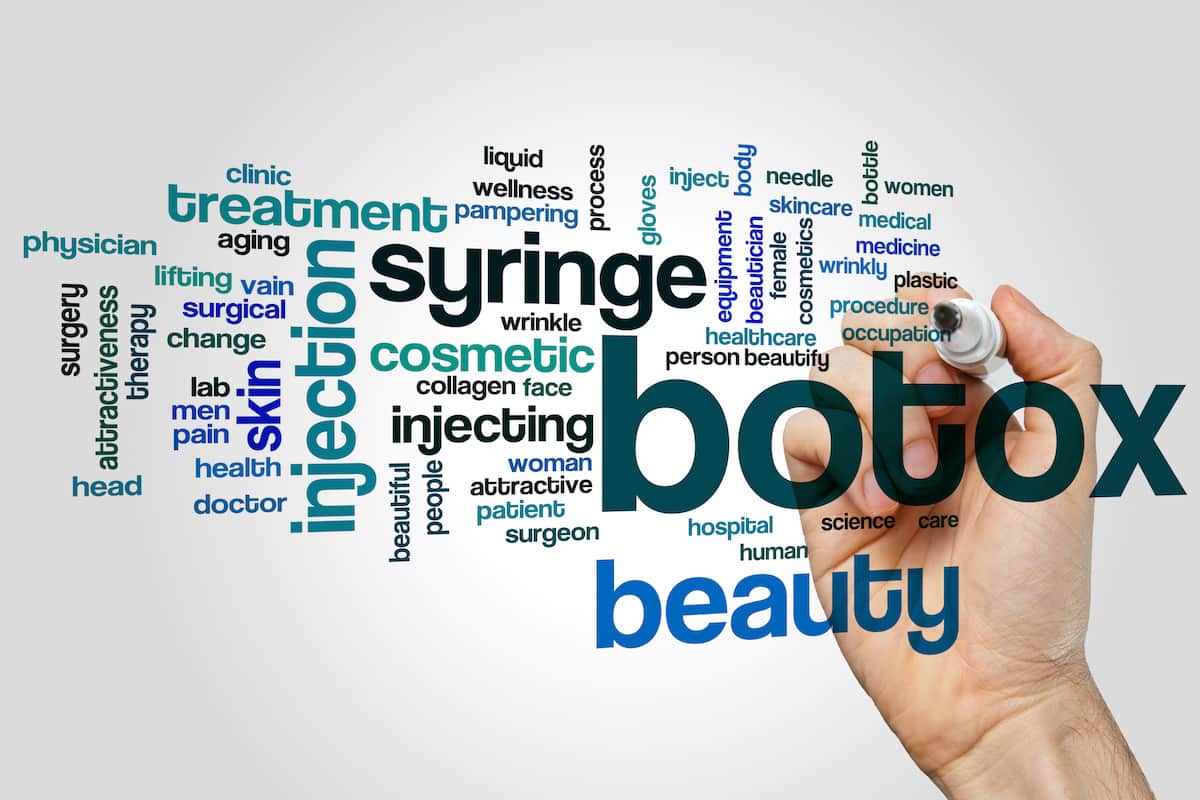 Have your ever thought about makes someone look older. When you answer this question quickly, you might say wrinkles are the culprit. In part, this is true. However, even patients in their twenties can have wrinkles. Wrinkles happen when you smile or make other facial expressions.
Have your ever thought about makes someone look older. When you answer this question quickly, you might say wrinkles are the culprit. In part, this is true. However, even patients in their twenties can have wrinkles. Wrinkles happen when you smile or make other facial expressions.
Loss of facial volume is another reason why people may look older than their real age. As the years go by, everyone begins to lose volume in our faces. And it’s this loss of volume that causes the skin to sag. This is where Botox and dermal fillers enter the picture.
If you’re unsure of Botox or dermal fillers would be most effective in erasing the telltale signs of aging, read on to learn the differences between these two anti-aging procedures.
Botox Treats Dynamic Wrinkles
Botox (botulinum) targets dynamic wrinkles that appear when you make certain facial expressions. Botox injection relaxes the muscles and smooths out the resulting wrinkles. Botox works best on the following problems areas:
- Frown lines between the eyebrows
- Crow’s feet (small wrinkles of the outer corner of the eyes)
- Horizontal lines across the forehead
Dermal Filler for Static Lines and Hollows
Soft tissue fillers are used to reduce the appearance of static lines around mouth. They are highly effective in replacing volume loss in the midface region, which is part of the natural aging process.
Dermal fillers work by adding volume to the tissues under the skin, which smooths and volumizes from the inside out. You can also plump your lips with lip fillers to add extra volume. The sophisticated fillers of today are made of HA (hyaluronic acid), a substance that is naturally found in the body.
Common dermal fillers include:
- Juvederm– A hyaluronic acid-based filler that is often recommended for deeper creases, facial contouring and lip augmentation.
- Voluma – Another hyaluronic acid (HA) filer that has cross linking and gives you a lot of “lift”, which lasts longer when compared to other HA fillers.
- Volbella – A dermal filler used to increase lip fullness and soften the appearance of smoker’s lines. Unlike other dermal fillers, Volbella combines different molecular weights of HA, which allows it to create subtle volume that lasts up to one year.
What is the downtime?
Both Botox and soft tissue fillers take approximately 30-45 minutes. Often referred to as the lunchtime lift, patients can return to work immediately after the procedure with no downtime. As with any injectable procedure, there may be slight swelling or bruising, which typically resolves in 24 hours.
Which treatment lasts the longest?
Since injectable treatments are not permanent anti-aging solutions, so they need to be repeated periodically to maintain optimal results.
- Botox injections usually require treatment sessions every 3-4 months. Patients who have regular treatments may find they can eventually go longer between treatment sessions without sacrificing results.
- The duration of dermal fillers depends on the type of filler used and the specific areas of treatment. Results can anywhere from six months to two years.
If you’re interested in restoring lost facial volume and saying farewell to those pesky lines, we invite you to make an appointment at the Dermatology Center of Indiana. We may not be able to stop the aging process, but we can show how both Botox and dermal fillers can help you look your best!
The Dermatology Center of Indiana services Noblesville, Westfield, Avon, and Bloomington along with many other cities throughout Indiana. Join us today in one of our locations where you are always welcome!
Disclaim: This blog provides general information and discussion about medical, cosmetic, mohs, and surgical dermatology. The words and other content provided in this blog, and in any linked materials, are not intended and should not be construed as medical advice. If the reader or any other person has a medical concern, he or she should consult with an appropriately-licensed dermatologist or other health care worker.
